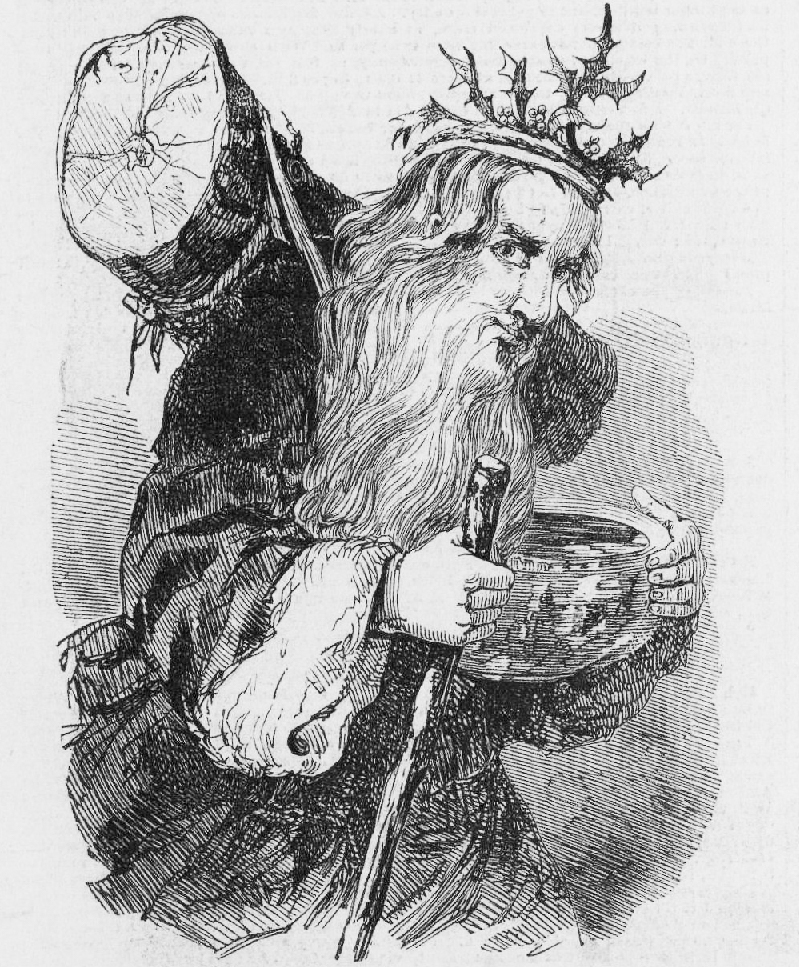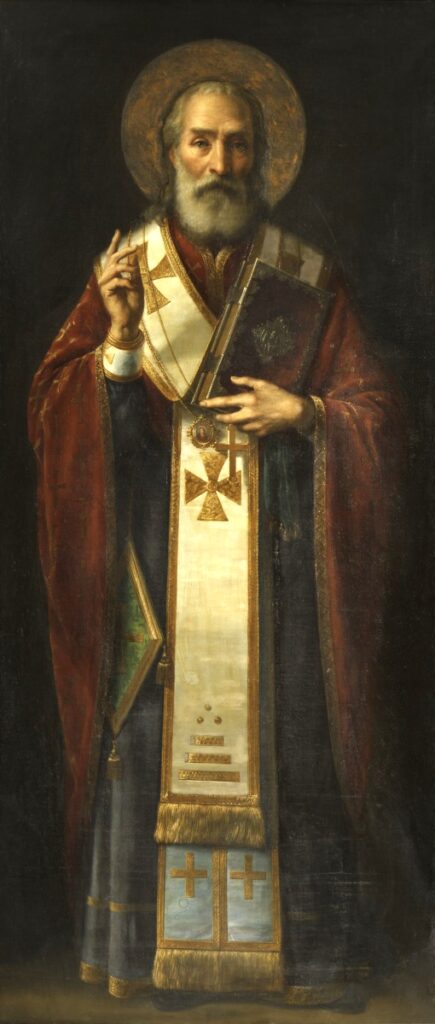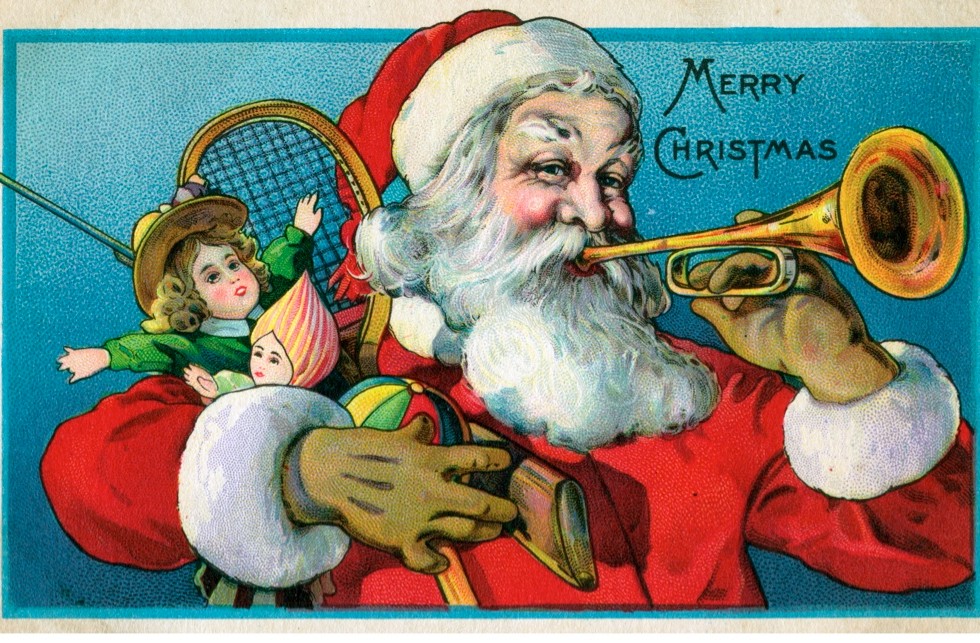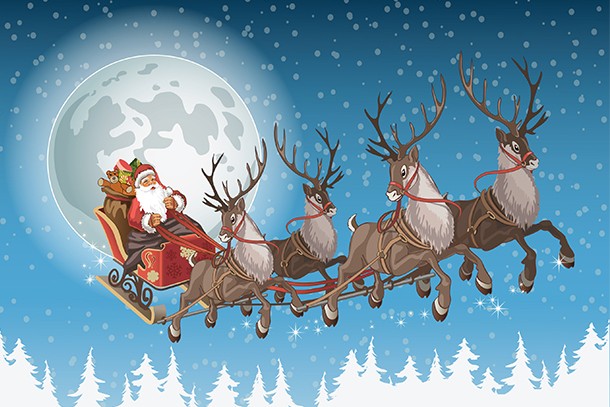The question “Is Santa real?“ has been a topic of curiosity and wonder for generations. Santa Claus, the jolly figure in red who brings joy to children around the world each Christmas, is a central character in holiday traditions.
To fully explore this question, we must delve into the history, mythology, cultural significance, and psychological aspects of Santa Claus. This article aims to provide a comprehensive answer to whether Santa is real, considering various perspectives and evidence.
The Origins of Santa Claus
The modern image of Santa Claus has evolved over centuries, drawing from various historical and mythical figures. The most significant influences include:

Saint Nicholas
Saint Nicholas of Myra, a 4th-century bishop known for his generosity and miracles, is the primary historical figure behind Santa Claus. Born in Patara, Asia Minor (modern-day Turkey), Nicholas was known for his acts of kindness,

such as giving gifts to the poor and saving young women from slavery by providing dowries. His feast day, December 6th, became associated with gift-giving in many European cultures.
Sinterklaas
In Dutch tradition, Saint Nicholas became Sinterklaas, a figure who arrives from Spain to deliver gifts to children on December 5th, the eve of his feast day. Sinterklaas is depicted as an elderly man with a long white beard, wearing a red bishop’s robe and mitre. Dutch settlers brought the Sinterklaas tradition to America, where it merged with other influences to become Santa Claus.

Father Christmas
In England, the figure of Father Christmas predates the modern Santa Claus. Initially, he was a symbol of the festive spirit and feasting during the Christmas season, often depicted in a green robe. Over time, Father Christmas’s characteristics merged with those of Santa Claus, contributing to the modern image.

The Evolution of Santa Claus in America
The American version of Santa Claus began to take shape in the 19th century. Key developments included:
Clement Clarke Moore’s Poem
In 1823, Clement Clarke Moore’s poem “A Visit from St. Nicholas,” commonly known as “The Night Before Christmas,” was published. This poem introduced many iconic elements of Santa Claus, including his reindeer-drawn sleigh, chimney entrances, and jolly personality. Moore’s depiction solidified the image of Santa Claus as a cheerful, plump figure with a red suit.
Thomas Nast’s Illustrations
Thomas Nast, a political cartoonist, played a crucial role in shaping the visual image of Santa Claus. In the late 19th century, his illustrations for Harper’s Weekly depicted Santa as a rotund, bearded man dressed in red with a fur-trimmed suit. Nast’s artwork also introduced Santa’s North Pole workshop and the idea of making toys.
The Modern Santa Claus
Today, Santa Claus is a global icon associated with Christmas celebrations. His image is consistent: a portly, white-bearded man in a red suit with white fur trim, black boots, and a red hat. He is often depicted with a sack of toys, traveling in a sleigh pulled by reindeer, and delivering gifts to children on Christmas Eve.
The Cultural Significance of Santa Claus
Santa Claus embodies the spirit of giving, joy, and goodwill during the holiday season. His presence in Christmas traditions serves various cultural and social functions:
Encouraging Generosity
Santa Claus promotes the value of generosity. The tradition of giving gifts, inspired by Santa’s example, encourages people to think of others and share their blessings.
Creating Wonder and Magic
For children, Santa Claus represents the magic of Christmas. The anticipation of his arrival, the mystery of how he delivers gifts, and the joy of discovering presents on Christmas morning create a sense of wonder and excitement.
Strengthening Family Traditions
The rituals associated with Santa Claus, such as writing letters, leaving out cookies and milk, and waiting for his visit, strengthen family bonds and create cherished memories.
The Psychological Aspect: Belief in Santa Claus
Belief in Santa Claus plays a significant role in childhood development. Psychologists have studied the impact of Santa on children’s imagination, morality, and coping mechanisms.
Imagination and Creativity
Belief in Santa Claus fosters imagination and creativity. The elaborate stories and traditions surrounding Santa encourage children to engage in imaginative play and storytelling.
Moral Development
Santa Claus is often used to reinforce moral behavior. The idea that Santa knows who is “naughty or nice” and rewards good behavior with gifts serves as a tool for parents to teach children about ethics and consequences.
Coping Mechanism
For some children, belief in Santa can be a comforting coping mechanism. The idea of a benevolent figure watching over them and bringing joy can provide reassurance and security.
The Question of Reality: Is Santa Real?
When we ask, “Is Santa real?” we need to consider different dimensions of reality:
Historical Reality
Historically, Santa Claus is based on real figures like Saint Nicholas and cultural traditions. While the modern image of Santa is a composite of myths and folklore, its origins are rooted in historical figures and practices.
Symbolic Reality
Symbolically, Santa Claus is very real. He represents the spirit of generosity, joy, and goodwill. His presence in Christmas celebrations has a profound impact on culture and society, embodying values that are universally cherished.
Physical Reality
In a literal, physical sense, there is no evidence that a man named Santa Claus lives at the North Pole and delivers gifts to every child on Christmas Eve. The logistics of such an endeavor defy physical laws and practical limitations.
The Role of Parents
Parents play a crucial role in perpetuating the Santa Claus tradition. Many parents choose to nurture the belief in Santa as a way to create magical experiences for their children. The transition from believing in Santa to understanding him as a symbol is a delicate process that parents handle with care.
The Transition: From Belief to Understanding
Most children eventually outgrow their belief in Santa Claus. This transition often occurs between the ages of 7 and 9, when children’s cognitive abilities develop, and they begin to question the feasibility of Santa’s story. This process can be bittersweet but is a natural part of growing up.
Addressing Common Questions
How Does Santa Deliver Gifts in One Night?
The story of Santa’s ability to deliver gifts worldwide in one night is a magical element of the legend. Explanations range from time travel and stopping time to having helpers or using advanced technology. Ultimately, it is part of the fantasy that fuels children’s imaginations.

Why Do Different Cultures Have Different Versions of Santa?
Santa Claus has adapted to various cultures, incorporating local customs and traditions. For example, in some cultures, he is accompanied by different helpers, arrives on different dates, or has distinct appearances. These variations enrich the global tapestry of Santa Claus lore.
Is It Harmful to Let Children Believe in Santa?
Most child psychologists agree that belief in Santa is not harmful and can be beneficial. It supports imaginative play, ethical development, and coping skills. The key is to handle the eventual transition from belief to understanding with sensitivity.
Conclusion: The Reality of Santa Claus
In conclusion, the question “Is Santa real?” has multiple answers depending on the perspective. Historically and symbolically, Santa Claus is a real figure rooted in tradition and cultural values. Physically, he is a myth, a beloved character created to bring joy and wonder to the Christmas season.
The legend of Santa Claus continues to thrive because it embodies the spirit of Christmas. Whether one sees Santa as a literal figure or a symbolic representation, his impact on holiday celebrations and the values he represents are undeniably real. Santa Claus remains a cherished part of our collective imagination, a testament to the enduring power of myth and tradition.
